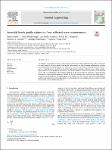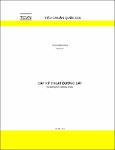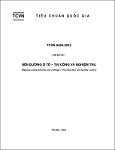BBAuthors: Almar, R.; Advisor: -; Participants: Blenkinsopp, C.; Almeida, L.P.; Bergsma, E.W.J.; Catalan, P.A.; Cienfuegos, R.; Nguyen, Trung Viet (2019)
The intertidal beach profle provides coastal engineers and managers with a good indication of the current state
of a sandy coastline, however regular beach profle measurements are time consuming and expensive to obtain
using conventional surveying methods. The potential to reconstruct the intertidal beach profle from measurements of reflected waves is tested here using three feld datasets covering a different range of hydro-morphological conditions from dissipative, to reflective. The swash is found to behave as a low-pass flter on reflected waves, with a cut-off frequency that primarily depends on the swash slope. An agreement is found between video-derived swash spectrum saturation tail and the shortest reflected waves, computed from deep water directional wave measurements. By integ... 



